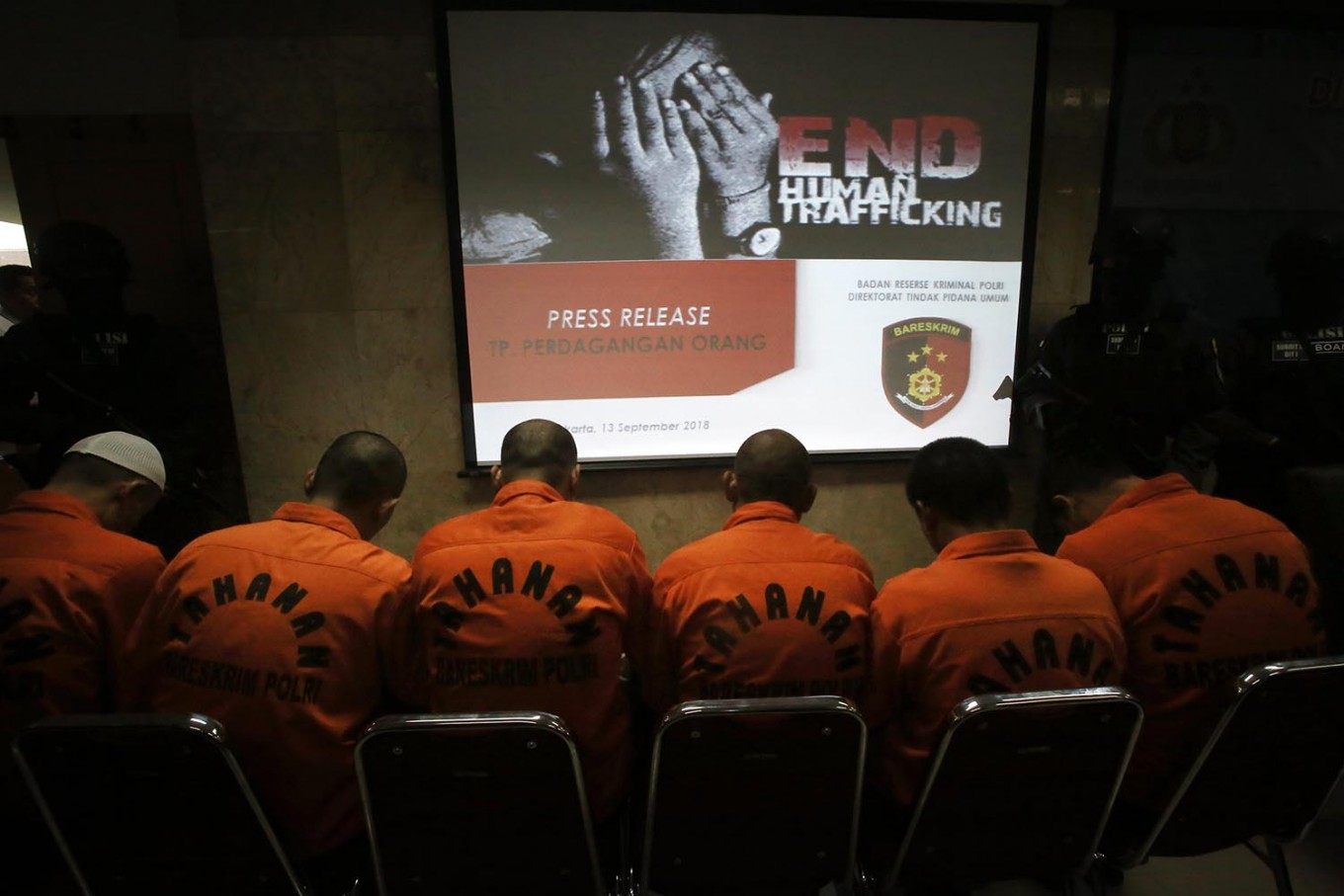

NGOCSTIP – Human trafficking continues to be a significant issue in Indonesia, with cases rising steadily each year. The persistence of this crime highlights the challenges in combating it. Data from the Ministry of Foreign Affairs shows that 752 trafficking cases were reported in 2022. In 2023, the number rose to 1,061 cases handled by the police. Additionally, data from the Ministry of Women’s Empowerment and Child Protection (KPPPA) indicates that between 2017 and October 2022, authorities reported 2,356 trafficking cases. These statistics highlight the continuing severity of the issue.
Human trafficking is often referred to as modern-day slavery. It involves the illegal transportation of people through force or deception for purposes such as labor, sexual exploitation, or other activities that generate economic profit. However, this crime goes beyond simply selling a person to another individual.
According to Article 1, Paragraph 1 of Law No. 21 of 2007 on the Eradication of Human Trafficking Crimes (UU TPPO), this crime includes the recruitment, transportation, harboring, delivery, transfer, or receipt of a person through threats, violence, abduction, confinement, fraud, abuse of power or a vulnerable position, or debt bondage, to obtain consent from the person controlling them. This can occur both domestically and internationally, often for the purposes of exploitation.
“Read about: Shocking Child Abductions for Organ Trade: How the Global Crisis Is Escalating”
As human trafficking continues to evolve, so does its definition. Sri Octavia, a lecturer at the Faculty of Law at Andalas University, highlights the growing complexity of law enforcement in this area. The definition of human trafficking has expanded due to new methods and forms of exploitation. One such example is the involvement of refugees who are later discovered to be victims of human trafficking. Other modern forms include organ trafficking, commercial sex work under false promises of employment and education, baby factoring, and the illegal trade of eggs in Europe.
The diversification of trafficking methods poses significant challenges for law enforcement agencies in Indonesia. Traditional tactics may no longer suffice to address the wide range of trafficking activities, especially those involving new and unconventional exploitation forms. This expansion complicates the task of both identifying victims and securing convictions.
“Read more: Effective Ways to Address Growth Hormone Deficiency in Children”
Indonesia’s legal framework has made strides in addressing human trafficking. Law No. 21 of 2007 was created to target and eliminate this form of exploitation. However, enforcement remains a constant struggle due to the complexity of trafficking methods and the lack of resources allocated to combat it. Corruption and lack of coordination between local and national authorities also contribute to the difficulty in enforcing the law effectively.
Despite these challenges, there have been efforts to improve the legal system. Police and legal officials have received training on recognizing human trafficking signs and handling victims. However, the overall implementation remains inconsistent. Many victims of human trafficking also fear retribution and are often hesitant to come forward, fearing that they will not be protected or that they will face legal consequences themselves.
Non-governmental organizations (NGOs) and international bodies play a critical role in supporting victims and assisting with law enforcement efforts. These organizations create safe spaces for victims and raise awareness about exploitation issues. They partner with law enforcement to identify trafficking networks and support legal processes.
International collaboration is also key to combating this crime, especially since it often spans multiple countries. Transnational exploitation requires cross-border cooperation to break criminal rings and provide assistance to victims. However, this international collaboration often faces bureaucratic and political hurdles that delay or obstruct the efforts.
The rise in trafficking cases also ties to Indonesia’s socioeconomic landscape. Poverty, lack of education, and limited access to employment opportunities create vulnerabilities that traffickers exploit. Many people, particularly in rural areas, get promised better jobs in cities or abroad, only to find themselves trapped in exploitation.
The lack of awareness among at-risk populations also plays a significant role. Disadvantaged communities often remain unaware of the risks and signs of trafficking, making them easy targets for traffickers. Education campaigns and community outreach empower individuals with the knowledge to avoid becoming victims.
Human trafficking in Indonesia is a deeply entrenched problem that requires a multifaceted approach to combat. While the legal framework exists to address trafficking, the enforcement of these laws faces many obstacles, including corruption, lack of coordination, and evolving trafficking tactics. The roadblocks of justice remain significant, but with continued efforts from the government, NGOs, and international partners, there is hope for greater success in fighting this crime.